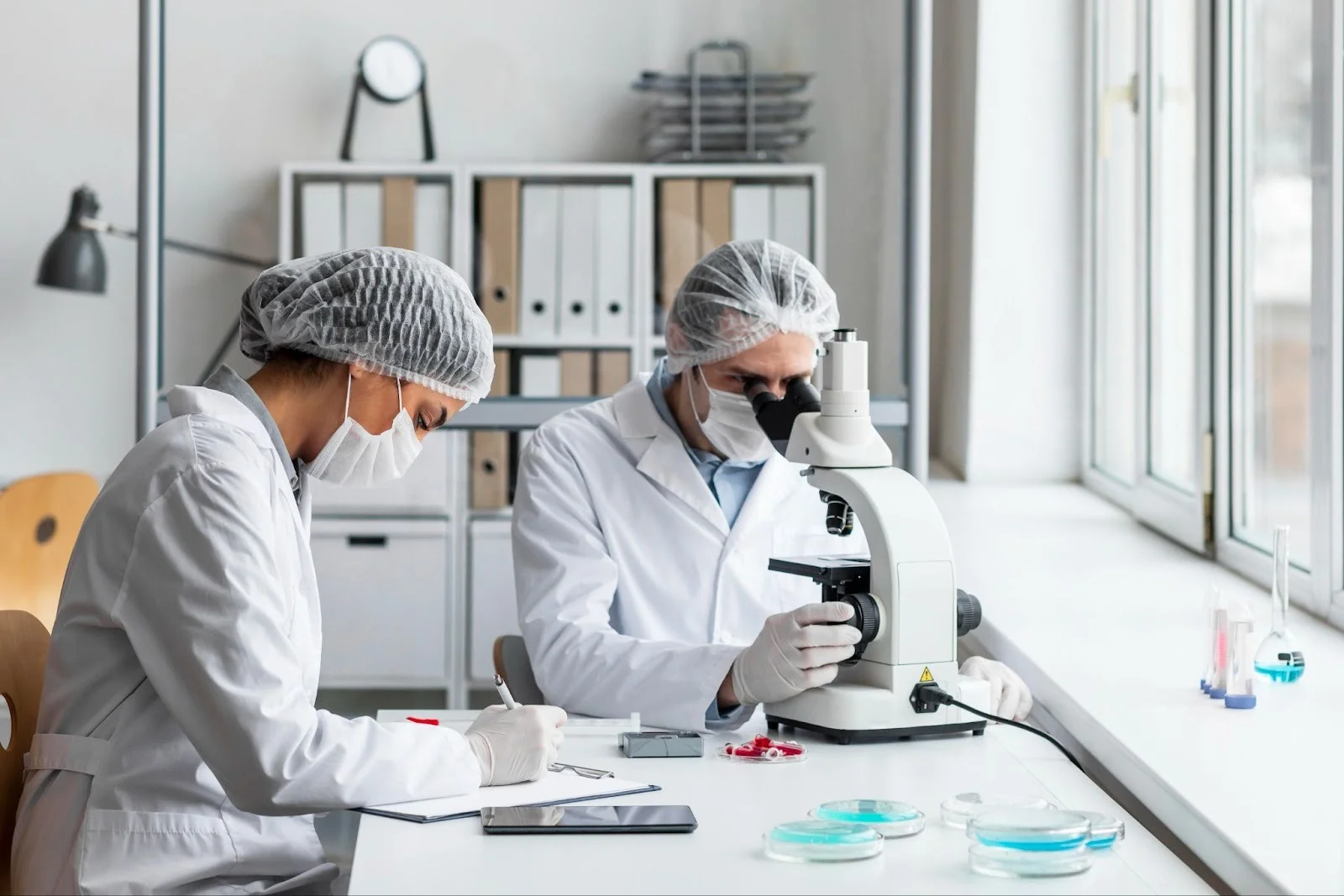By Alexia Hope
Copyright researchsnipers

The research, development, and quality control boil down to laboratories. Most of them, however, still resemble fixed 20th-century facilities such as rows of benches and overstuffed shelving, as well as an assortment of cords and equipment. Laboratory optimisation involves more than just decoration or equipment fallacy. It is being able to comprehend the relationship between the space, equipment, and people, and then using intelligent design solutions to make it safer, more efficient, and more cooperative.
In this article, we discuss some of the key principles of laboratory design solutions to ideally make changes in laboratories to make them dynamic and high-performing workplaces.
Rethinking the Lab as a Dynamic Workspace
The traditional labs were designed without laboratory equipment suppliers in the form of permanent benches and particular areas, whereby work processes could rarely be switched. The multidisciplinary research of today needs flexibility, though.
Modern furniture platforms: Adjustable benches, castered shelving, and storage allow employees to redefine work environments.
Discipline: Since the cross-traffic with contamination occurs among functions (sample prep, analysis, documentation), grouping tasks instead of specialties facilitates this goal.
Furniture dimensions: Adjustable-height work benches and an anti-fatigue mattress provide versatility and minimize the risk of injury.
Visual signs and color coding: There should be clear signs and floor graphics that will show where to turn, so safety and other purposes can be enhanced in high-traffic zones.
With consideration of the lab as a dynamic workstation, the managers develop systems that mirror the requirements of research as opposed to hindering the same.
Air, Light, and Sound as Invisible Partners in Productivity
The environmental conditions usually remain unrecognized until they create issues, such as fumes received due to a lack of ventilation, flashes of overhead lights, or distracting pieces of machinery. Laboratory design solutions look at air, light, and sound as productivity contributors.
Ventilation and airflow
Task-addressed lighting
Natural lighting involvement
Noise control
Maintaining these invisible partners increases the performance of human beings as well as equipment reliability.
Smart Storage that Saves Time and Space
This is what occurs with disorganized storage, which is worse than space wastage since it not only robs companies of space but also productivity, and the integrity of samples may be jeopardized. Smart lab design incorporates ergonomic, digital tracking, and future-proofing.
Vertical and mobile storage units
Specialized patient sample management or control
RFID or barcoding systems
On-demand stockpiles
By having a designed storage, such as that from IKA, there is less time wasted in search, urging scientists to engage in experiments.
Designing Safety Into Everyday Workflows
Safety at work has been surveyed as one of the top risks in 50 countries globally. Safety is also deemed as an independent layer, which is a wall sign, personal protective equipment (PPE), or randomized drills. In fact, the safest laboratories incorporate security into workflow.
Proper location of safety supplies: Eyewash, spill packs, and fire suppression engines.
Appendage of hazardous and non-hazardous areas: Physical barriers, future flows, or even color zones ensure cross-contamination does not occur.
Automatic shutoffs and interlocks: When instruments go off when opening the protective guides, the accidents are lessened.
Digital safety reminders: This may be in the form of in-hospital sensors and programs that encourage staff to wear protective equipment and other systems that can notify when a practice deviation occurs.
Once safety is immediate and inbuilt, compliance is enhanced, and incidents are reduced.
Technology You Don’t Notice But Can’t Work Without
The most favorable design solutions, including smart lab design, are likely to be almost invisible. They sustain work processes smoothly without any attention.
Integrated data and power channels: Hidden cabling occupies less space and minimizes mishaps in the benches, as well as making it easier to serve as long-life components.
Intelligent sensors and Internet of Things: Constantly, the temperature, humidity, and energy consumption are monitored, and staff are informed to anticipate a crisis before it takes root.
Scheduling shared equipment: Cloud-based reservation systems avoid confusing scheduling tasks and make the most out of expensive equipment.
Energy-saving systems: Hushpuppy freezers or centrifuges: Quiet, low-vibration freezers or centrifuges reduce operating costs, environmental impact, and do not compromise performance.
This background technology helps a scientist to concentrate on science, but not on logistics.
Designing for Collaboration Without Chaos
Nowadays, science is a collaborative one; it cannot be arranged in a disorganised space. The idea is to promote interaction, follow lab productivity tips, and be focused.
Specific collaboration areas: Meeting resources, write-up resources, or glass-enclosed discussion rooms can be used to hold a conversation without interfering with bench work.
Collective electronic charts: The interactive screens or web-based boards have project updates that can be seen by the entire team.
Sound attenuation: Soundproofing or behaving strategically at a certain location ensures that noise does not disrupt other activity in that locale.
Flexible scheduling: Scheduling peaks of limited resource utilization places fewer bottlenecks and friction between teams.
Labs may emerge and develop creative and sharing of information without becoming noisy and cluttered through deliberate planning.
Key Takeaway
It is not only a case of modern design that optimises the laboratory environments with smart design solutions. It is the liberation of space, equipment, and people to facilitate the research of high quality effectively and safely. Rebuilding labs as dynamic, productive areas, ensuring the control of air, light, noise, introducing smart storage, making safety central, empowering invisible technology, and satisfying the balance between teamwork and concentration will open new productivity and innovation opportunities in organisations.